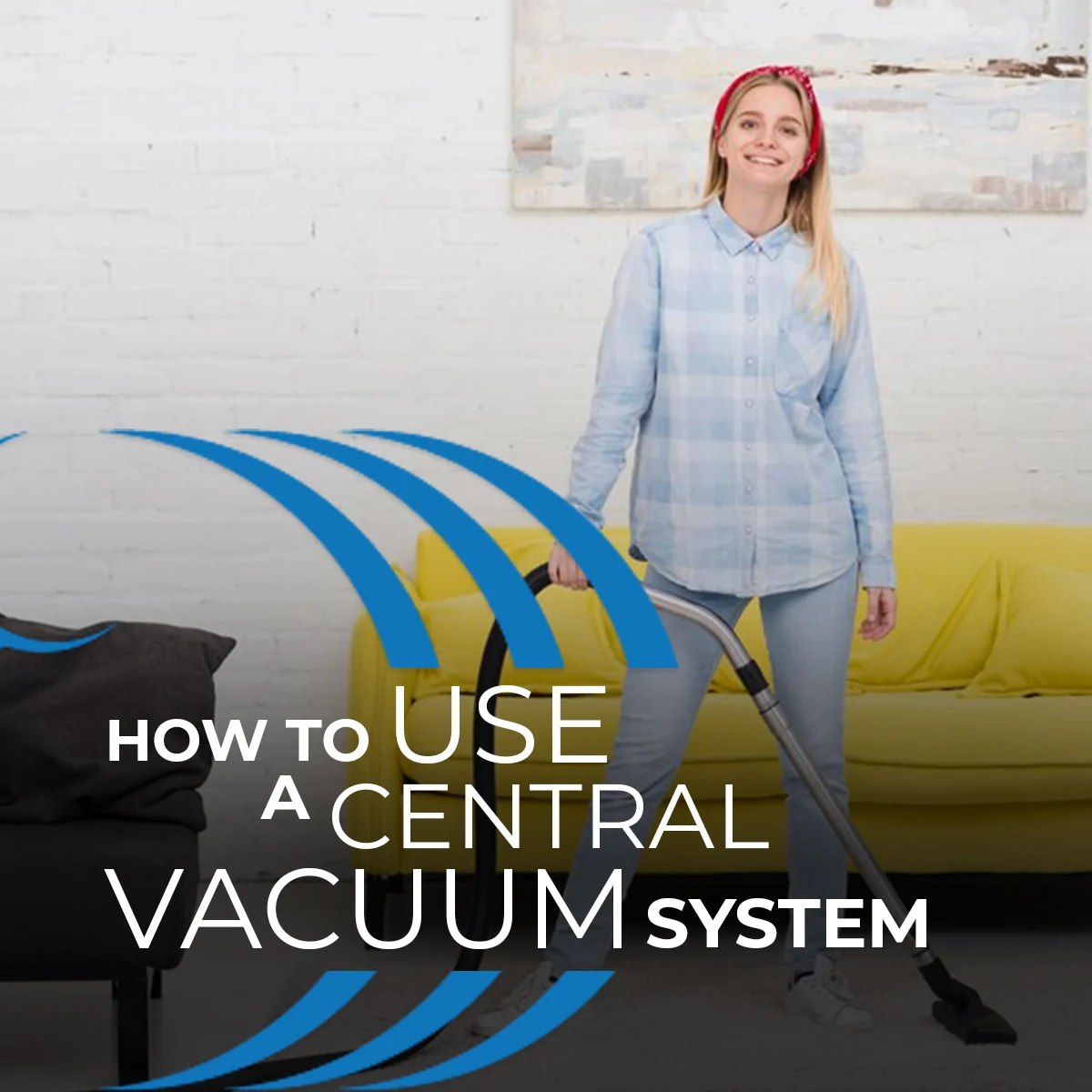
Boosting Productivity in Office Buildings with Central Vacuum
In today’s fast-paced work environment, maintaining a clean and organized office space is crucial for productivity. Office buildings often struggle with keeping their premises clean

A central vacuum system can provide decades of cleaning power, as long as it’s used and maintained properly.
So whether you already have one installed in your home or are still deciding on buying one or not, it’s important to know how to operate a central vacuum system correctly.
Below are instructions on how to use a central vacuum system.
I. On The Power Unit
II. Turning Off The Power Unit
III. Cleaning The Filter
IV. Emptying The Dirt Receptacle
V. Changing The Collection Bag
VI. Turning Finding Electrical Faults
VII. Hose Storage & Maintenance
VIII. Tips For Maintaining A Central Vacuum System
If you have a Standard Air Kit, plug the hose into one of the wall inlet valves. The metal ring on the hose’s cutoff will complete a low-voltage electrical circuit, which will then turn on a switch and the power unit of the system. It’s important to precisely align the hose with the wall inlet to avoid damaging the unit.
If you have a Deluxe Air Kit or a Deluxe Electric Kit, plug in the hose into one of the wall inlet valves and use the on/off button on the power unit to start the system.
To turn off the power unit if you have a Standard Ait Kit, unplug the hose from the inlet. This will stop the suction of air and turn off the unit.
To turn off the power unit if you have a Deluxe Ait Kit or Deluxe Electric Kit, you can also use the on/off button on the power unit to stop the system.
If your vacuum cleaner includes a filter, you should clean it frequently to ensure that it collects more dirt and enhances the quality of the air.
Depending on how frequently you use your vacuum, vacuum filters should be cleaned every three months and replaced every six months. There are also some filters that don’t need to be replaced.
For cleaning a paper or cloth filter:
If you’re using a bagless central vacuum, it is highly recommended that you empty and rinse the dirt receptacle after every use. This stops dust and debris from building up inside the device, which could cause the motor to deteriorate or break.
Here are some easy steps to emptying and cleaning the collection container:
If you’re using a bagged central vacuum, here are some easy steps to changing the collection bag:
It is highly recommended to change collection bags before they reach 75% of their capacity. Filling up an entire bag reduces the suction of the central vacuum. The central vac’s performance and suction will decrease if the bag is left to fill up over the recommended limit.
Below are possible electrical problems that can happen with a central vacuum system:
If any of these issues arise, press the on/off button, disconnect the hose, or wait for the temperature to drop. Contact the nearby authorized service center if issues persist.

In today’s fast-paced work environment, maintaining a clean and organized office space is crucial for productivity. Office buildings often struggle with keeping their premises clean

Central vacuums in animal shelters & vet clinic: Explore how these systems boost hygiene, efficiency, and air quality.

In the world of home entertainment, a home theater is a luxury that many homeowners dream of. It’s an immersive experience that brings the magic

A central vacuum system is a significant investment that promises convenience, powerful suction, and improved indoor air quality. However, choosing the right central vacuum hose
Our home automation products are at the forefront of technology, offering a blend of convenience, security, and efficiency. As a Homewave dealer, you’ll be part of a network transforming homes into smart, futuristic spaces.
Embark on this rewarding journey with us and leverage the power of innovative technology.
Please fill out this form and become a Homewave Dealer.